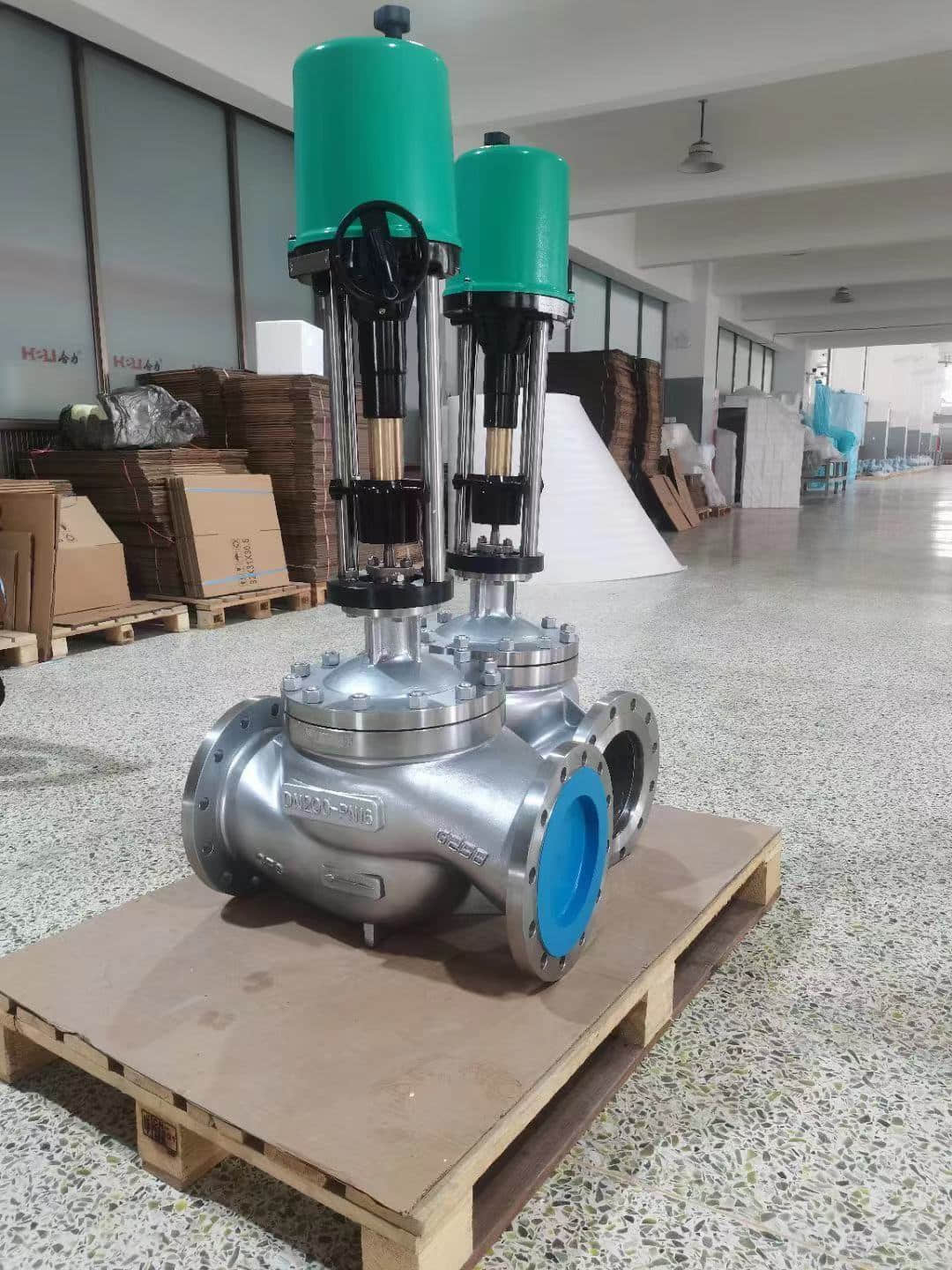understanding the stainless steel electric single seat regulating valve
Release time:2024-12-19 11:27:37
TheStainless Steel Electric Single Seat Regulating Valveis a crucial component in modern industrial applications, providing precise control of fluid flow in various systems. These valves are widely used across multiple industries, including chemical processing, oil and gas, water treatment, and HVAC systems. This article explores the design, functionality, advantages, and applications of stainless steel electric single seat regulating valves, highlighting their significance in enhancing operational efficiency and safety.

Design and Structure The stainless steel electric single seat regulating valve is typically constructed from high-quality stainless steel, which offers excellent resistance to corrosion, high temperatures, and mechanical stress. The single seat design features a straightforward, compact structure that allows for efficient flow regulation. Unlike multi-seat valves, the single seat configuration minimizes the risk of leakage and enhances the valve's reliability.
The valve consists of several key components: the body, the actuator, the stem, and the seat. The body houses the internal components and provides the structural integrity needed for high-pressure applications. The actuator, often electric, drives the valve's opening and closing actions, enabling precise control over fluid flow. The stem connects the actuator to the valve seat, which regulates the flow rate by adjusting the size of the opening. The design of the valve ensures smooth operation and minimal turbulence, which is critical for maintaining the quality of the fluid being transported.

